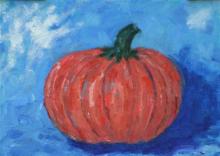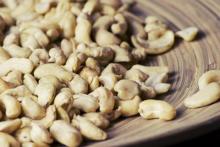Superfood 101: Pears!
The pear is a member of the family Rosaceae, or rose family. The genus contains four species and is native to the area of the Caucasus. The Aryan tribes introduced the pear to other parts of Europe and Northern India. There are more than 1000 varieties of pears existing today and they are rich in nutrients. Cultivating and grafting of the plant was developed in Greece in approximately 300 B.C.E.









